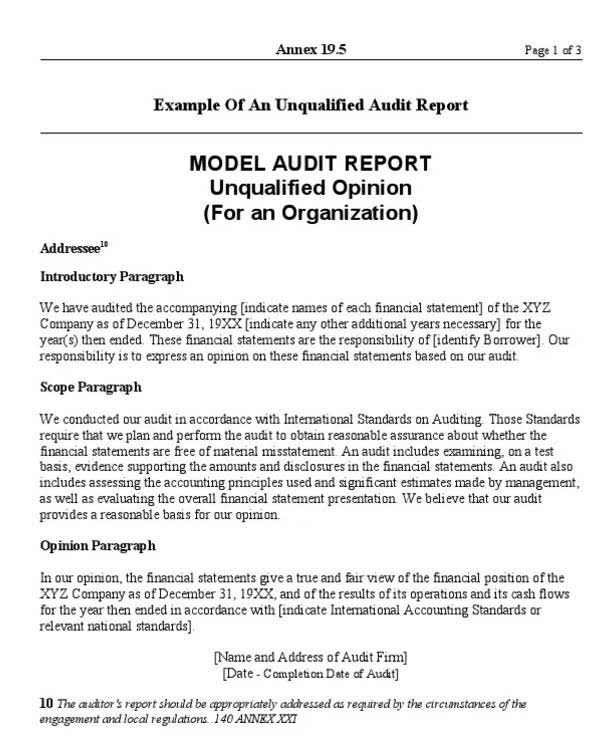
The quick liquidity ratio is a financial metric that companies use to determine their capacity to pay off their current liabilities without the need to sell their inventory. It includes the company’s marketable securities, accounts receivable, and cash. The Current Ratio and Quick Ratio are often used together to provide a more complete picture of a company’s liquidity and short-term financial health.
Finally, note that a company’s liquid securities are an element of its short-term assets. The quick ratio formula uses the current market price of those securities, but these prices will change. A company’s quick ratio reflects the market price of its securities at the time of the calculation, which means that as time goes on the calculation gets less accurate. The quick ratio is calculated by adding cash, cash equivalents, short-term investments, and current receivables together then dividing them by current liabilities. This is because the formula’s numerator (the most liquid current assets) will be higher than the formula’s denominator (the company’s current liabilities). A higher quick ratio signals that a company can be more liquid and generate cash quickly in case of emergency.
The quick ratio is a basic liquidity metric that helps determine a company’s solvency
The current ratio (also called working capital ratio) shows a business how easily it can cover upcoming costs in the next 12 months. It counts assets the business will convert to cash within 12 months, and liabilities that will come due in that period. Inventory may not be easily convertible to cash, particularly in comparison to other assets. Therefore, by excluding inventory from the equation, the https://www.bookstime.com/articles/activity-based-costing serves as a conservative and more accurate measure of a company’s short-term liquidity. However, it is essential to note that while the quick ratio can be a useful tool for getting a snapshot of a company’s financial health, it doesn’t provide a comprehensive view. It can’t account for everything that constitutes effective debt management, such as a company’s debt repayment plan or its ability to generate consistent revenue.
A continuous fall in a company’s quick ratio, particularly if other businesses within the same industry are not experiencing similar trends, may signal a tightening liquidity situation. It might suggest that the company is struggling to convert its assets into cash quickly, or it has excessive short-term debt, indicating potential liquidity issues or solvency risks. They can include short-term debt, accounts payable, accrued liabilities and other similar debts. Essentially, these are the bills that the company is currently obliged to pay off within the next year. The current ratio does not inform companies of items that may be difficult to liquidate.
Example using quick ratio
On the other hand, a company could negotiate rapid receipt of payments from its customers and secure longer terms of payment from its suppliers, which would keep liabilities on the books longer. By converting accounts receivable to cash faster, it may have a healthier quick ratio and be fully equipped to pay off its current liabilities. A liquidity ratio is a financial ratio that indicates whether a company’s current assets will be sufficient to meet quick liquidity ratio the company’s obligations when they become due. By using Quick Ratio in conjunction with these two other liquidity ratios, businesses and investors can gain multiple perspectives on the company’s short-term financial strength and flexibility. While the Quick Ratio offers a stringent view on a firm’s liquidity, using it with the Current and Cash Ratio can elevate the analysis, providing a more rounded perspective of a firm’s financial picture.
Latest Blogs
- Weight Loss With Bee Pollen Pills
- Medication And Weight Loss
- Is Igf 1 Good For Sex Drive And Erectile Dysfunction
- Proof Capsules Review
- 1xbet casino – Надежные и быстрые выплаты
- Пин Ап казино — Топ казино интернет, слоты демо без регистрации
- Пин Ап казино — Топ казино интернет, слоты демо без регистрации
- Зеркало казино R7 | Обзор 2022 бонусы, игровые слоты джекпот
- R7 casino | Реальные промокоды, лучшие акции и бонусы от казино
- R7 онлайн слоты – официальный сайт казино, демо слоты казино